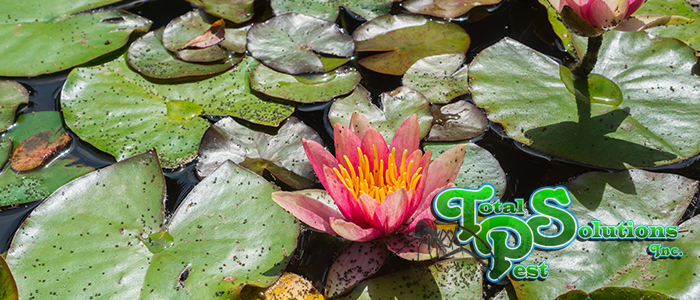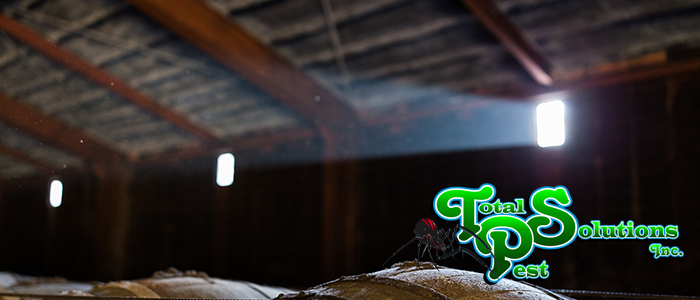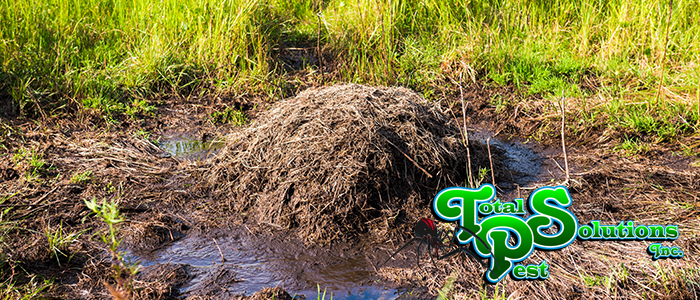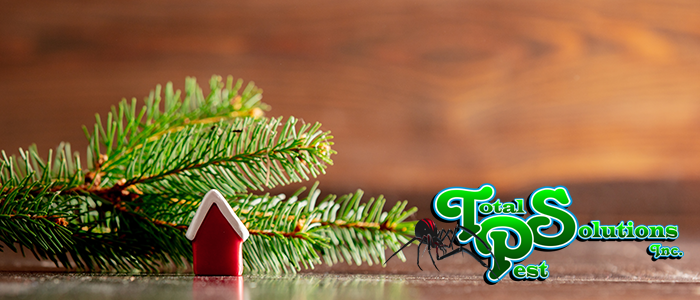
All About the Giant Water Bug
Florida is a great state for people who love the water. We have over 30,000 lakes, a network of nearly 1,700 rivers and streams, the everglades… And that’s to say nothing of all of our coastal land. All of that water is teeming with life, too. Florida is home to a crazy 12,500 species of insect – At least – And only a few of these are pests or dangerous to humans. What might surprise you is there’s a considerable amount of overlap between our abundant water and abundant insects. Florida is home to a wide range of aquatic insects, and today we’ll introduce you to one very specific type.
Today, let’s talk about the giant water bug!
What is a Giant Water Bug?
These alien-looking monsters are part of the family Belostomatidae. These have the largest body plans of all Heteroptera. They’re the terror of public pools and parking lots after dark – And they have a gruesome nickname… The toe biter! This is a true bug; it has sucking mouth parts that it uses to drain its prey of fluids. Some species can reach four inches long! These solitary predators live in ponds and lakes and often occupy ditches.
During the spring, you can see them flying from pond to pond in huge numbers. Then, they swarm towards parking lot lights at night, earning them another common name: The electric light bug. They eat small insects, minnows, tadpoles, even small birds. Anything they can capture with their powerful front pincers is prey for these giants.
Life Cycle of the Giant Water Bug
Though these insects spend most of their lives underwater, most begin life on dry land—females glue clusters of corn-shaped eggs on plants and other objects. The females of some species lay eggs on the back of egg-carrying males. If there aren’t enough large males around, the females may lay eggs on each other. Eggs take a week or two to hatch, and the young will mature for another couple of weeks. Adults typically live for around a year but may overwinter in mud burrows to spawn again. Eight unique species live in Florida, representing three genera.
These bugs sometimes find themselves in swimming pools during spring spawning, even crowded ones. Though they’re quite intimidating, they’re usually fearless of humans. This isn’t because they’re out to get us: They just don’t care. All they’re interested in is clean water. Once they find a suitable still or slow water body, they hang upside down in it. A tube in their rear allows them to breathe as they watch for prey just below them.
Though they’re quite agile in the water, these bugs are almost comically bad at walking on land.
A Word of Warning
Though the insects don’t go looking for trouble, they can still be trouble. The toe-biter name is no accident, after all. Walk through bodies of water you can’t see the bottom of with sweeping side to side steps – Or boots, better yet. If you see a giant water bug in the parking lot and want to take it somewhere safe, do NOT pick it up with your bare hand! Even a glove is risky. Their huge rostrum and caustic saliva means their bite is extremely painful. These bugs can even draw blood! While nobody will die from a bite, the pain is unreal.
Either try to coax them up onto a piece of paper or wear gloves. In the water, you can scoop them into a cup and relocate them if they’re in a pool or pond. Just don’t grab them with your hands. To learn more about Florida’s pests and wildlife, visit our website!
continue reading
Related Posts
Davenport’s Overwintering Pest Threats: Attic and Garage Solutions As temperatures
Auburndale’s Fire Ant Mounds: Post-Rain Repair Strategies Auburndale, Florida, like
Pre-Holiday Pest Inspections in Lakeland: Safeguarding Seasonal Decor As the






